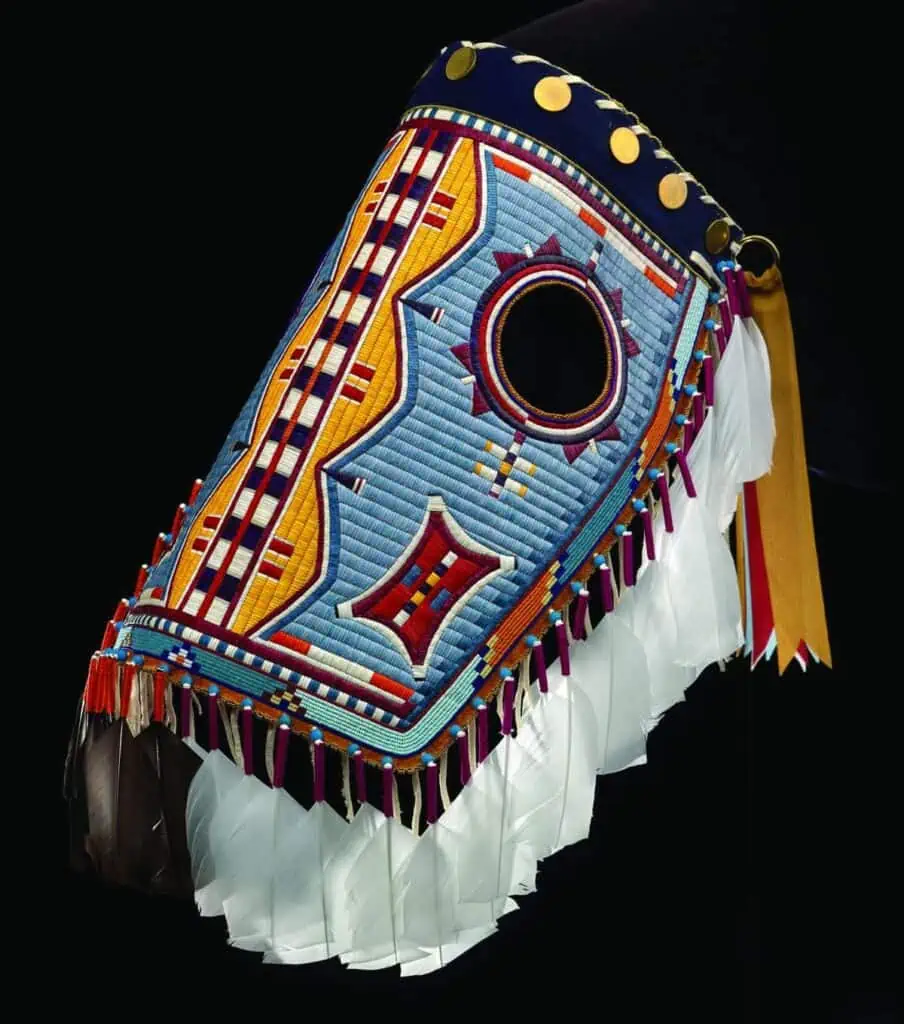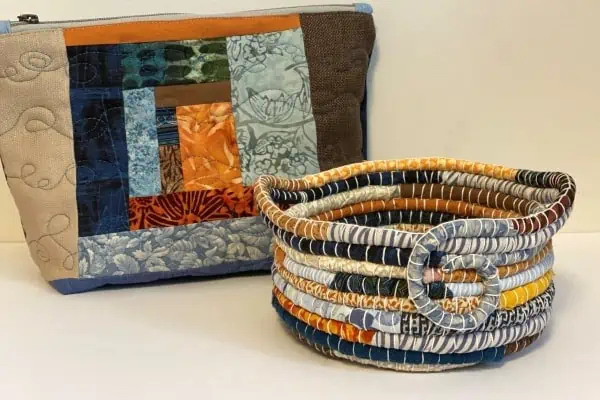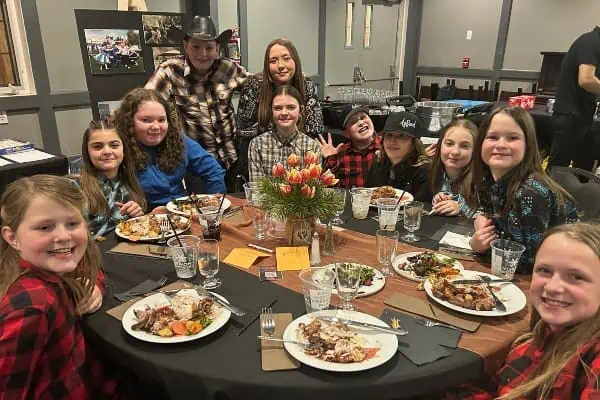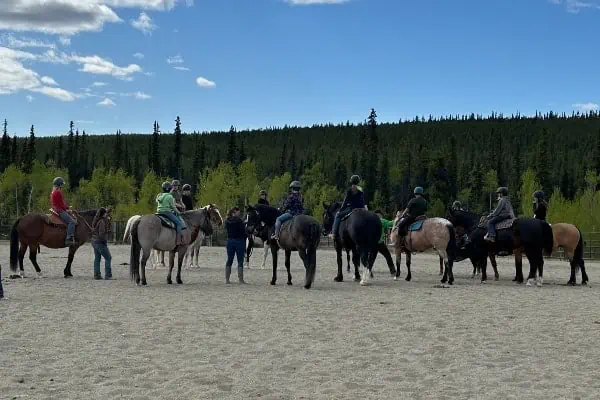Juanita Growing Thunder-Fogarty lives in the foothills of the Sierra Nevada Mountains, in the tiny community of North San Juan, on the same property her paternal ancestors settled during the California Gold Rush of 1849.
But her heart is inextricably linked to the Great Plains territory of her Sioux and Assiniboine forebears, and the beading and quillwork skills she learned from her mother, a widely respected traditional artisan. “I just thought this was normalcy, because this is what my mother did every day,” she says.
In fact, the tradition goes back several generations on her mother’s home turf in northeastern Montana. “I remember my mother taking me around to her adoptive aunties and grandmothers, and they would all be working on pieces,” she says. “They’d drink tea and talk about things. That was the way they shared, and you’d learn new things.”
Her childhood was further enriched because her father, a Western painter, spent summers taking the family to visit powwows, art shows, museums, and private collections. “We had a lot of friends that were artists and collectors and things. That was an important part of my growing up, being around this stuff and seeing it all the time. So I got to learn while I was growing,” she says.
From the small beadwork projects she did as a very young child, Growing Thunder-Fogarty moved on to larger pieces such as dolls, cradleboards, and knife sheaths when she was about 10-years-old.
Eventually, she learned to use porcupine quills as design elements — an original native-American art form that goes back long before European explorers and traders brought coloured glass beads to Turtle Island. “I waited for my dreams to come about quilling, because I wanted to honour my ancestral ways of doing quillwork.”
It is a labour-intensive craft. “You have to get the quills from the porcupine, then you have to sort them, wash them, dye them. Then you have to fi gure out what kind of piece you’re going to make, get the right colour that you need. It’s a long, long process.”
One other step — at least for a traditionalist — involves using her teeth to flatten the quills that will be appliquéd onto moose hide or some other medium. “I try to really honour the way they did it in the past, and stick to that.”
Growing Thunder-Fogarty sees a spiritual aspect in what she does. “I try to only work if I’m in a good state of mind. I’m trying to work in a good way and instil that into the piece I’m working on,” she says. “Hopefully it comes through, and then it carries on its own presence with that piece. It doesn’t always happen, but sometimes you can really feel a piece taking on a life of its own.”
As always, she’s mindful of what’s below the surface. “We really try to listen to our dreams and pay attention to what’s going on, because we believe it’s our ancestors reaching out to us, trying to let us know what we should be paying attention to.”
These days, you’ll likely find the artist in her California home, in front of a drafting light, working in painstaking detail on a new project for hours on end. At her side, more often than not, will be one of her daughters and her mother, Joyce Growing ThunderFogarty.
This is their busiest time of year, preparing for the annual Indian Market in Santa Fe, New Mexico.
The world’s largest exhibition and sale of native-American arts has been a family tradition since 1985, the year Joyce won the Best of Show award. Juanita herself has captured Best In Class honours at Santa Fe several times.
Before that August event, however, she will make her first visit to the Yukon, as part of the annual Adäka Cultural Festival in Whitehorse, which runs from June 26 to July 2.
She is one 16 high-end artists from Yukon and Outside invited to submit 8” x 8” creations in traditional media such as beading, quillwork, and hair tufting, for a collaborative project called “Carrying Forward Our Traditions”.
The individual pieces will be assembled into a unifi ed panel and displayed during the weeklong festival at the Kwanlin Dün Cultural Centre.
Adäka’s visual arts co-ordinator, Jennifer Bowen-Allen, hopes the work will eventually become part of the Yukon Permanent Art Collection, or possibly go on tour along with various crafted bags made by the same artists.
Details of this year’s festivities are at www.adakafestival.ca.





